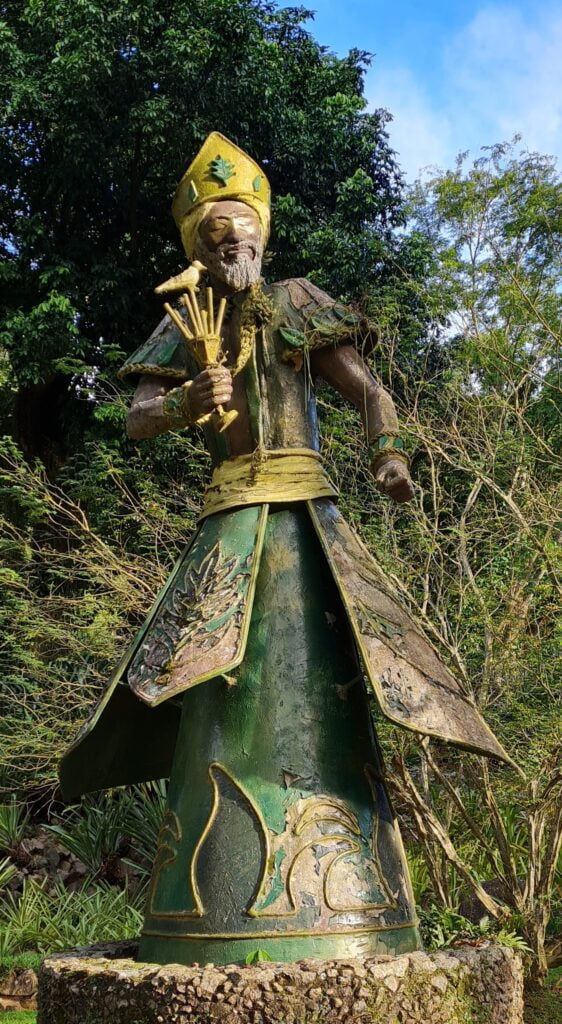Welcome to Orisha Ossain
Orisha Ossain is a continuation of a previous project that started in 2018. The purpose is to supply you with high-quality botanical products. I offer you an ever-expanding selection of dried herbs, incense resins, oils, tinctures, and other specialist preparations. Products with a high level of purity that invoke enchanting and uplifting energies.
All products are focused on enhancing your health, well-being, and spiritual journey. My passion is rooted in the power and beauty of herbs, as I believe they hold the key to holistic wellness.
Ossain
Ossain is the Orisha of healing, plant medicine, and magic. He is a well-respected wizard and master of spells, especially those discovered in the wilderness, the untamed areas of nature. Ossains flora and herbs are essential to several faith rituals. In fact, indigenous rites and ceremonies cannot exist without the plants, herbs, and roots Ossain provides.
Orisha is an old word and translates as a force of nature. Ossain is known as the orisha of herbal knowledge, it is the spirit behind the preparation of medicine from leaves and herbs.

